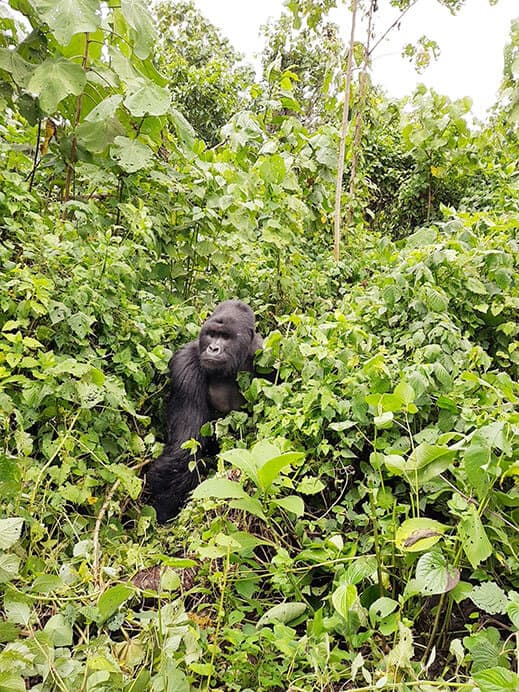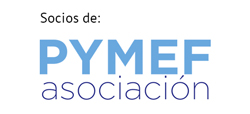There is a volcanic phenomenon that is little talked about because of its lack of research and its remote location:
The sudden degassing of carbon dioxide from a volcanic lake.
There are currently three lakes, all in Africa, that are never discussed in connection with this type of eruption: Lake NYOS (Cameroon), MONOUN (Cameroon) and KIVU (DRC-Rwanda).
On the night of 21 August 1986, at around 9 pm, one of the most important natural disasters of this decade occurred. More than 1,700 people and thousands of animals were suddenly killed by the lethal carbon dioxide released by Lake Nyos. This eruption of Nyos, releasing the gases trapped in the depths of the lake, has gone unnoticed due to its remoteness.
In this video from National Geographic, with Spanish subtitles, you can see the disaster it caused.
Lake Nyos is a lake formed on the side of a volcano. The magma under the lake produces carbon dioxide that accumulates in the deep waters of the lake. Carbon dioxide is a gas that dissolves in water, especially if it is subjected to high pressure. The 200-metre deep Nyos presupposes sufficient pressure to dissolve the gas in the water.
The sudden release of gas due to a simple landslide, volcanic explosion, seismic movement or saturation of water in the gas changes the composition of the retention data, the gases rise to the surface in the form of an explosion.
Carbon dioxide is heavier than air, colourless and odourless. In the Nyos the gas spread like an invisible cloud across hills and forests, killing all animals and humans in its path simply by preventing them from breathing oxygen.
The aftermath of Lake Nyos warns of a potential disaster on a much larger scale in Lake Kivu.
Kivu is located on the border between Rwanda and the Democratic Republic of Congo. It shares many characteristics with Lake Nyos. It has a depth of almost five hundred metres and an area of 2,700 km2, almost 1,300 times larger than Lake Nyos and thousands of times larger. Around Lake Nyos there were only a few thousand people, while Lake Kivu is home to more than two million people on both sides of the border. It is easy to understand why Lake Kivu deserves the title of the most dangerous lake in the world.
An explosion in Lake Kivu would cause an almost unprecedented disaster in terms of mortality.
Kivu contains 300 times the concentration of carbon dioxide as Lake Nyos and, in addition, it contains methane gas. Methane gas is produced by two simultaneous processes: the reduction of magmatic carbon dioxide and the oxidation of organic matter by bacterial activities.
Most volcanic lakes release gases annually through a mixture of deep and surface waters. The sun heating the surface waters of the lakes allows convection movement of the waters that precipitates the continuous release of gases. Lake Kivu is a meromictic lake, i.e. the waters do not mix and are stratified at different depths.

The extraction of methane gas and its exploitation by foreign companies is catastrophic for the environment, and while it may initially appear to be an economic solution for the Rwandan side, in the long run it results in the destruction of life in the lake.
Water discharged after abstraction is not returned to its original layer, further impoverishing the lake’s ecosystem. The surface layers act as a shield. Nutrients that sink into the deep water do not resurface.
In my meetings with Charles Balagizi, head of the water geochemistry section (geochemistry and environment) in North Kivu, and coordinator of the Virunga Supersite, I became aware of the real problem of lymnic eruptions in volcanic lakes.
The Foundation supports Charles’ work by purchasing and shipping equipment, training local volcanologists and equipping them with the latest technology. Field work like his and other local volcanologists is what motivated us to create the foundation.

There is currently a plan for mechanical degassing in Lake Nyos and Monoun, but unfortunately, the costs of such an operation in Lake Kivu seem unthinkable for the Rwandan and Congolese states.
The impact of such an explosion, in addition to claiming tens of thousands of lives, would have an unprecedented impact on the ecosystem, even affecting the valley of the Virunga Park, home to the world’s largest gorilla reserve.
Collaborate with us, by becoming a member of the Foundation or by making a one-off donation, together we will have the resources to prevent a tragedy.

Search
VOLCANO ACTIVE FOUNDATION
VOLCANO ACTIVE FOUNDATION RESPONSABILITY
nº 2195 authorised by the Madrid's Minister of Justice
NIF G67314625
SF Abocados Francesc Macia 7 pl17
08029 Barcelona, Spain





